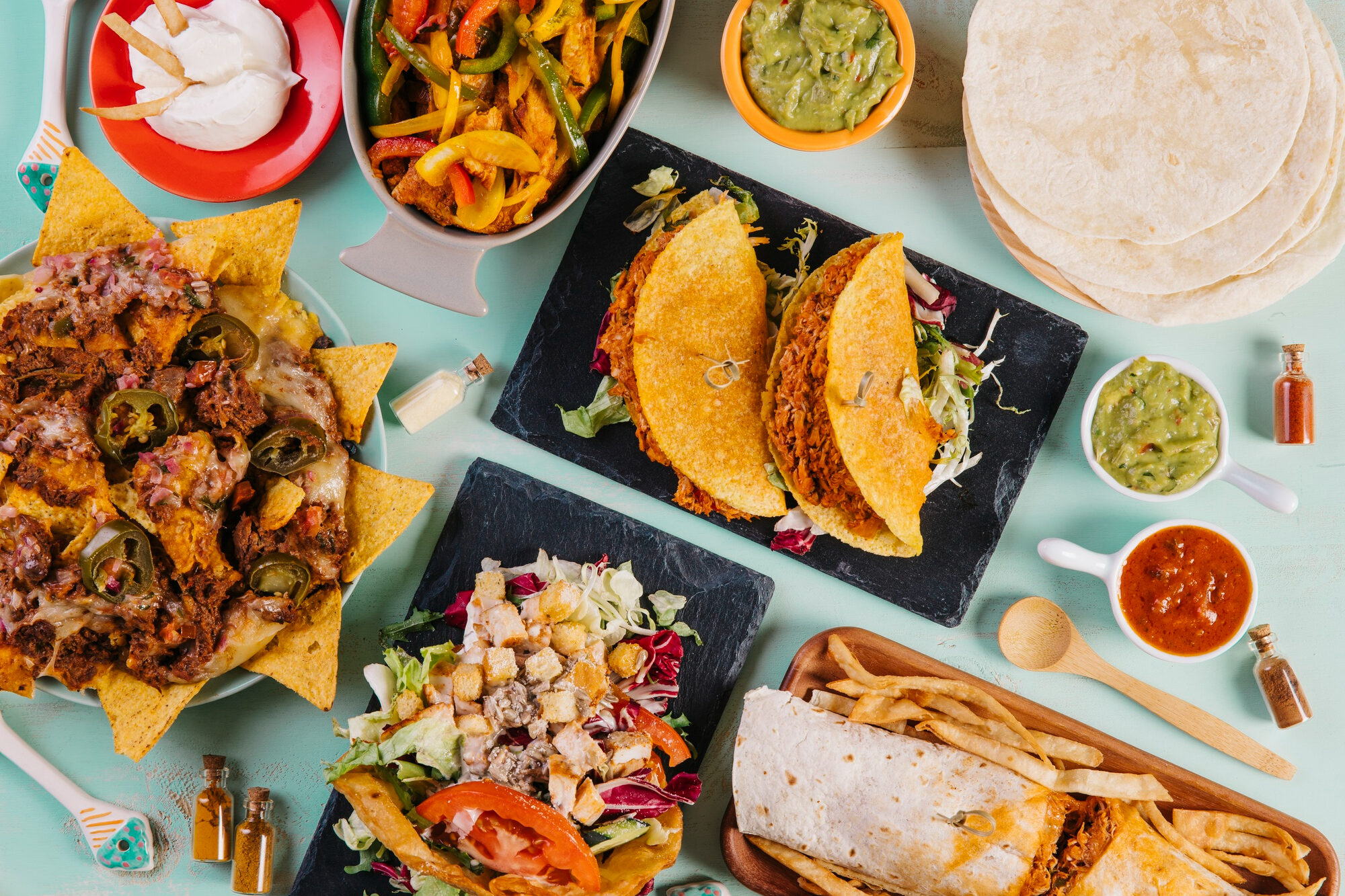We know that the impacts of technological and digital advancements, as well as social, political, and economic changes, permeate the food industry worldwide. Moreover, thanks to faster and greater access to information, today’s consumers are more informed, dynamic, and demanding. In response, food producers must generate quick answers to meet consumer demands and market requirements.
Here, we present some of the trends expected to emerge in the near future, a time when food goes beyond mere nutrition and emotions play a significant role.
Flexible and indulgent eating
Fluidity between eating occasions and choices will be a predominant trend next year. In this context, producers are invited to reconsider the traditional rules associated with taste, formats, sizes, occasions, and even what constitutes a meal or a beverage.
Consumers are leaning towards eating what they want, regardless of the time of day, making the substitution of breakfast, lunch, or dinner with snacks a potential new habit. For food producers, this practice could encourage the development of new product sizes and new marketing and communication options that invite incorporating products into multiple recipes throughout the day.

One of the challenges in this aspect is to continue promoting balanced eating and meeting the nutritional needs of consumers. While the goal is to integrate into different times of the day, consumers still prefer brands and foods that contribute to their well-being, are accessible, and demonstrate a clear sense of responsibility.
Including local ingredients and flavors
Consumers will value products that highlight local identities and flavors. In this area, the challenge for producers is to make the most of ingredients and recipes that have been ingrained in consumers’ minds and homes for years. Taking the risk to incorporate local fruit flavors and emphasize their unique value presents an excellent opportunity to open new market possibilities.
Similarly, consumers expect these products to uphold values and standards around sustainability, well-being, diversity, inclusion, respect for nature, the environment, and natural resources. Brands, in turn, will need to connect emotionally with consumers and offer products with origins rooted in verifiable and transparent stories.

Empathy as a key driver for product development
The proposal for food manufacturers is to develop products that bring people together with family and friends, sharing feelings of joy and unity. Consumers will be drawn to products that promote inclusivity and allow those with special nutritional needs to access more and better products at their local supermarkets. Developing gluten-free, vegan, and lactose-free product lines, and even incorporating Braille labels and 100% recyclable packaging, are some suggested strategies under this trend.
In this field, the proposal for innovation is to adapt products to the needs of consumers and communities with specific needs, creating meaningful connections that endure over time. These products should also meet the need for trust and stability that consumers seek when choosing food.
Technological innovations
Advances in Artificial Intelligence, new ingredients, and 3D printing allow for the reimagining and rediscovery of new alternatives for food production. In this field, analogs of animal proteins and genetically modified foods will continue to expand to meet consumer demands. However, the challenge here is to ensure that incorporating these technologies does not lead to high additional costs reflected in the final product price, making new alternatives accessible to consumers and suitable for household purchases.
Moreover, automation in the food industry promises to revolutionize production efficiency and quality. Smart factories equipped with robots and AI systems will be able to monitor and adjust processes in real time, ensuring more uniform production with less waste. This technology will not only optimize the supply chain but also enable manufacturers to respond more quickly to market trends and changing consumer preferences. The ability to produce small and personalized batches will be a competitive advantage, allowing brands to offer unique products tailored to specific consumer demands.

Lastly, transparency in the supply chain will be crucial for gaining consumer trust in 2025. Consumers want to know where their food comes from, how it is produced, and whether it meets ethical and environmental standards. Blockchain technology will play a key role in this aspect, allowing for secure and verifiable tracking of ingredients from farm to table. Brands that adopt this technology will be able to offer complete traceability of their products, strengthening the trust relationship with consumers and standing out in an increasingly competitive and sustainability-conscious market.
WGSN Food & Drink Team. (March 27, 2023). WGSN – Comidas Previsión 2025. https://www.wgsn.com/fd/p/article/64219bf9ca124dcba9cd3bb8?lang=es&aliId=eyJpIjoienZNbEQxS0VCSlNyOGJ6SSIsInQiOiJjcVhhak9HZEl1ek5JRHBBaVZcL0tsUT09In0%253D
Latest news

Trends in the consumption of functional drinks and infant formulas in the United States

BlueLife: This is how we achieve recycling water that is suitable for life

Is it possible to impact sodium and saturated fats through lipids?

Revolutionizing bakery: Unlocking the potential of Oleogels for texture, wellbeing and sustainability

Vegetable oils in salmon nutrition

